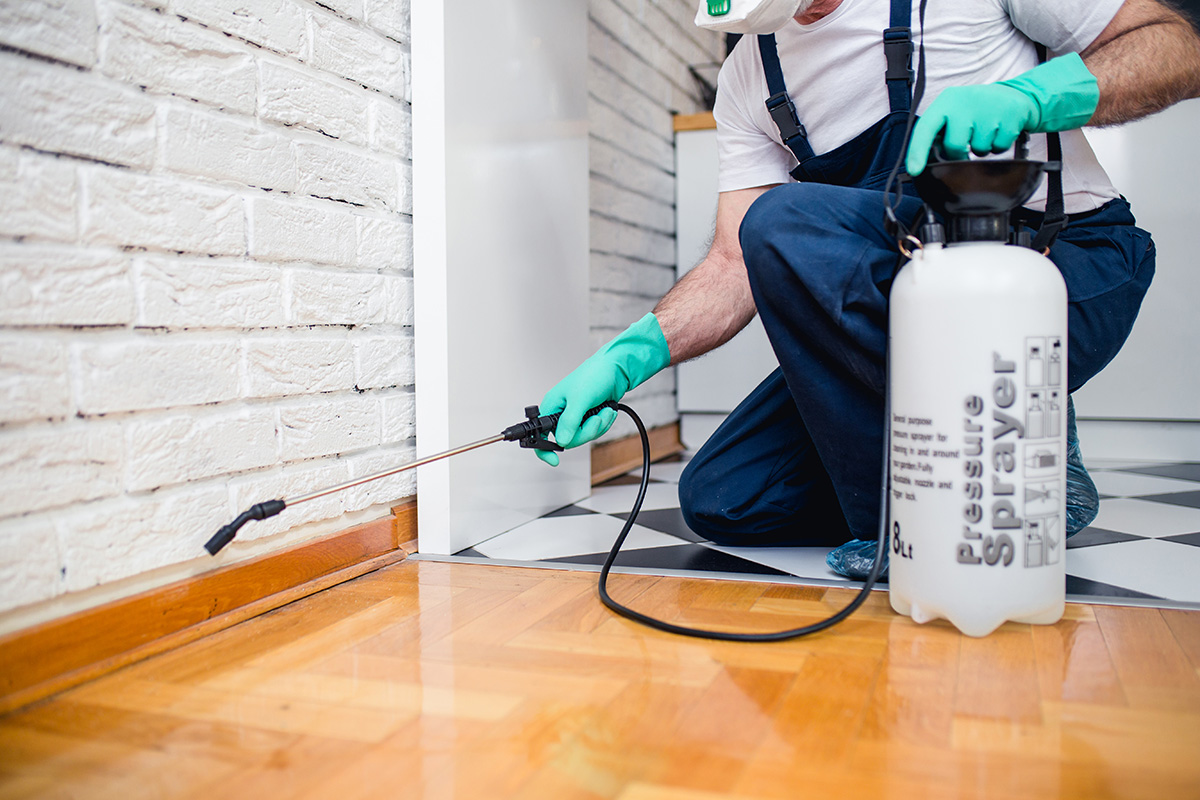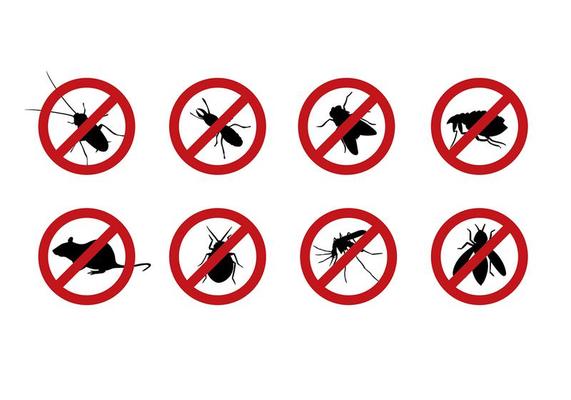A1 Bed Bugs Exterminator Portland - Fast and Professional Service
A1 Bed Bugs Exterminator Portland - Fast and Professional Service
Blog Article
Reliable Bug Control Services: An Extensive Look at Extermination Techniques and Avoidance Procedures
In the world of bug control services, the successful monitoring of infestations requires a thorough technique that integrates various techniques and measures for both obliteration and avoidance. From Integrated Bug Management (IPM) approaches that focus on sustainable solutions to chemical elimination methods designed for targeted removal, the toolbox versus bugs is large and multifaceted. Organic control methods and physical prevention steps offer alternate paths to properly combating unwanted trespassers. However, the key to a comprehensive bug control strategy lies not simply in the techniques themselves, but likewise in the precise specialist evaluation treatments that come before and inform them. By recognizing the complexities of each strategy and how they interplay, one can absolutely understand the complexity and efficiency of modern-day pest control services.

Integrated Bug Administration (IPM) Techniques
Integrated Pest Monitoring (IPM) Techniques incorporate an extensive strategy to pest control that concentrates on surveillance, control, and prevention methods to effectively take care of pest populations. By integrating numerous strategies, IPM aims to reduce the effect of bugs while likewise minimizing the reliance on chemical pesticides. Prevention exists at the core of IPM, highlighting techniques like proper cleanliness, maintenance of health, and securing entry indicate discourage insects from infesting buildings. Tracking plays a critical role in IPM by regularly checking and recognizing insect degrees to identify the proper treatment thresholds. Control approaches in IPM prioritize using physical, organic, and social approaches before turning to chemical therapies as a last resource. These strategies include introducing natural predators, habitat alteration, and using capturing tools to maintain parasite populaces in check. Overall, IPM promotes a lasting and eco aware strategy to pest administration, advertising long-lasting options that guard both human wellness and the community.
Chemical Elimination Methods
Chemical extermination methods are frequently employed in parasite control solutions to efficiently eradicate parasite populations that position a hazard to human health and wellness and home. These methods entail the usage of different chemical materials particularly made to target and get rid of parasites such as insects, rats, and other unwanted animals. The application of pesticides, insecticides, rodenticides, and various other chemical agents is meticulously managed to guarantee optimum effectiveness while lessening risks to people, pets, and the atmosphere.
Among the vital advantages of chemical elimination methods is their capacity to provide quick and targeted outcomes, making them specifically helpful in situations of severe infestations or immediate pest control needs - a1 pest control portland bed bugs. Nevertheless, it is important to emphasize the significance of appropriate handling, application, and disposal of these chemical products to stop unplanned injury
Additionally, incorporated parasite monitoring (IPM) strategies often combine chemical extermination strategies with various other methods such as sanitation, habitat modification, and biological controls to create a lasting and detailed bug control approach. By including chemical elimination strategies judiciously within an IPM framework, parasite control solutions can properly take care of bug populaces while lessening potential dangers to human wellness and the environment.
Biological Insect Control Methods
Employing natural killers and bloodsuckers to manage pest populations is a sustainable method referred to as organic insect control. This method takes advantage of the all-natural systems of the ecological community to control insect populaces without counting on synthetic chemicals. One common biological control approach includes introducing all-natural opponents of the target pest varieties, such as ladybugs for aphid control or nematodes for termite perimeter treatment termite problems. These all-natural predators prey on the bugs, assisting to keep their populaces in check.
An additional efficient organic control technique is using microbial insecticides. These are naturally taking place microorganisms, such as germs, infections, and fungi, that especially target and contaminate certain bug varieties. By utilizing these microbial representatives, parasite populations can be effectively lowered without harming valuable organisms or causing damage to the setting.
Physical Parasite Prevention Actions
Applying physical parasite avoidance procedures includes making use of obstacles and structural modifications to discourage insects from infesting a residential property or entering. Installing door moves, displays on home windows, and securing fractures in the structure can assist prevent parasites like insects and rodents from obtaining access inside.
One more physical prevention action is making use of barriers like secure fencing to keep bigger insects such as raccoons or deer away from the building. Installing mesh or cord displays around yards can safeguard see here plants from being damaged by parasites. Appropriate waste management, consisting of securing wastebasket with tight-fitting lids, is essential in discouraging bugs like bugs, raccoons, and rats. By carrying out these physical insect avoidance procedures, homeowner can significantly reduce the risk of bug problems and the damages they can create.
Specialist Parasite Examination Treatments
Performing methodical and detailed bug examinations is an essential element of specialist parasite administration methods. Professional bug inspectors are trained to thoroughly examine residential or commercial properties for signs of problems, recognizing pest types, entry points, and favorable problems.

Final Thought
In final thought, effective bug control solutions use a variety of techniques, including Integrated Insect Administration methods, chemical extermination techniques, organic controls, and physical avoidance measures. Expert pest inspection procedures play an essential role in determining and dealing with pest problems in a timely fashion. By carrying out a combination of these techniques, homeowner can successfully avoid and manage insect invasions.
From Integrated Pest Monitoring (IPM) methods that prioritize sustainable options to chemical elimination strategies created for targeted removal, the toolbox against insects is large and diverse.Integrated Insect Monitoring (IPM) Techniques include a comprehensive approach to pest control that focuses on surveillance, prevention, and control approaches to effectively handle insect populations.Chemical elimination methods are frequently utilized in pest control solutions to properly remove insect populaces that present a risk to human wellness and building.Employing natural predators and parasites to take care of insect populations is a sustainable technique understood as organic insect control.In final thought, reliable parasite control solutions utilize a range of methods, consisting of Integrated Pest Management strategies, chemical elimination techniques, organic controls, and physical avoidance steps.
Report this page